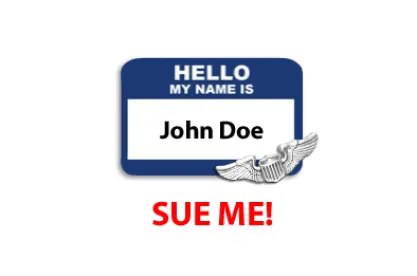Employers are beginning to learn that they may have far more employees than they think. A driver for the ride sharing company Uber was considered an “employee” by the California Labor Commissioner’s Office earlier this month. And just last August a national franchisor was considered a joint employer of its franchisees’ employees by the Office of the General Counsel of the National Labor Relations Board (NLRB). These two distinct acts demonstrate a growing trend by regulatory bodies across the country to take a closer look at what actually makes someone an “employee,” and so far anyway, it appears government bodies are leaning heavily in the direction of finding laborers to be employees of companies, even when all parties involved made express agreements to the contrary.
The long-term impact of this trend is unclear, but the two events highlight the types of facts that may lead a court or commission to a similar conclusion for other employers: control. For Uber, the California Labor Commissioner’s Office noted:
Defendants hold themselves out as nothing more than a neutral technological platform, designed simply to enable drivers and passengers to transact the business of transportation. The reality, however, is that Defendants are involved in every aspect of the operation.
The Commissioner’s Office proceeded to list out several ways in which Uber controls if, when and how a driver can drive for Uber. Similarly, the NLRB’s recent attempts to characterize national franchisors as a “joint employer” of franchisee employees stem from issues of control. The NLRB supported its position by pointing to labor practices such as technology that enabled the franchisor to make real-time staffing recommendations to individual franchisees utilizing real-time revenue determinations.
Whether you are a company utilizing general contractors, a company that works with affiliates, or a franchisor with numerous franchisees, the key question to ask is how much influence do you wield over any purported employee? In another matter before the NLRB, the NLRB general counsel issued an advice memorandum this past April that applied a “totality of the circumstances” test. The test asks whether an entity “wields sufficient influence over the working conditions of the other entity’s employees such that meaningful bargaining could not occur in its absence.”
If your company wields sufficient influence over an individual, there are increasing odds you may find yourself at the receiving end of a lawsuit or regulatory action where you are labeled an employer, even when you think otherwise. It is important for businesses to maintain documentation of their relationships with general contractors, affiliates, franchisees and other entities. Moreover, it is essential to stick to the boundaries of those relationships as they are documented, to avoid unnecessary meddling in another entity’s labor practices in a way that might lend itself to a finding of “control” or “influence.” Employers are encouraged to stay in communication with legal counsel to ensure that, as this area of labor law evolves, policies and procedures are in place that will avoid this developing pitfall.




 />i
/>i

